My first experience of New Zealand was not a good one. I arrived in Auckland airport around an hour ago (1pm local time), in persistent, heavy rain, temperatures of 12 C, and leaden grey skies.
I wasn’t even meant to be in Auckland. The journey so far has been a disaster. My Singapore Air flight was supposed to bring me in to Christchurch, from where I had a six hour gap (which would have given me a chance to head into town) before an internal flight to Dunedin. However, a three hour delay leaving London meant that the 1 hour connection in Singapore was missed, hence the detour to Auckland.
But it’s not turned out too badly. Through a combination of internal flights I’m going to be able to get into Dunedin just an hour late, and with just one extra payment of NZ$65, which is much better than I’d expected when we were stuck on the runway at Heathrow. Still, by the time I get there, I’ll have been on four planes without so much as an hour’s gap between any of them.
As usual, I’ve watched my fair quota of rubbish films.
No Reservations is a really limp rom-com starring Catherine Zeta-Jones as a high-end chef. It’s got the sort of formulaic plot that’s typical of this genre, and I can’t believe I watched it till the end. (Why did I watch it in the first place? The food theme probably drew my attention.)
In a similar genre, but better because of some strong dialogue and sharp writing (although still flirting with the ‘why on earth did I watch that?’ category), was
Knocked up. A high-flying girl has a bizarre one night stand with a total loser resulting in a child, and then, implausibly, they get together, work out their differences, and …you can guess what happens next.
Much more highly commended come another pair of films, neither of which have anything to do with Hollywood.
Eden is a German film (subtitled), again with a top chef as a theme. But where
No Reservations is formulaic and shallow,
Eden is clever, quirky and deep. Part drama, part black comedy, it tells the story of an elite chef and his platonic relationship with a sweet married woman, Eden, who finds his food utterly irresistible, even though she can resist his enormous, lardy body. The ending is a bit hollywoodish, I suppose, but I really enjoyed the central focus on food, and the way it is portrayed as having the potential to be a compelling force that binds two people together.
Moving continents, Brenda Blethyn delivers a really impressive, but painful-to-watch performance in
Clubland. In this Australian film, she’s the source of much of the dysfunction in her family, where she just can’t seem to let her 21 year old son Tim live his own life.
Blethyn’s character is a hideous, pitiful individual, but she sort-of redeems herself in the film’s happy-ish ending. The happy ending in question does seem rather out of place, and smacks of amateurish, clumsy writing. Loose writing has been the bane of several of the Aussie films I’ve seen, just as it is with many British films. But I’d rather have averagely written interesting films than tight skilled writing applied to predictable Hollywood pap.
Labels: films
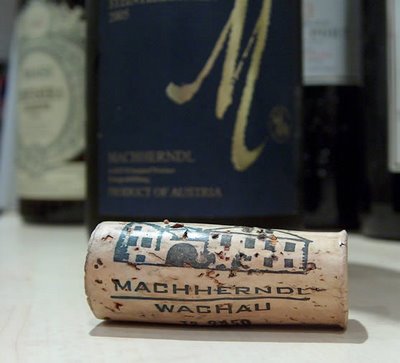 Forgive the rather melodramatic title to this post. I guess I was led to it by my current enthusiasm for Austrian wine, and also - despite my silly comments - about Riesling.
Forgive the rather melodramatic title to this post. I guess I was led to it by my current enthusiasm for Austrian wine, and also - despite my silly comments - about Riesling.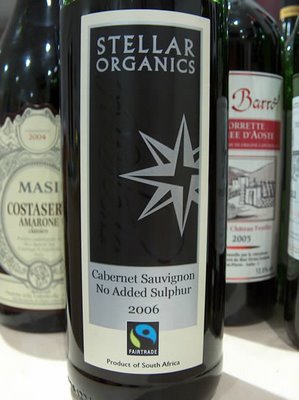
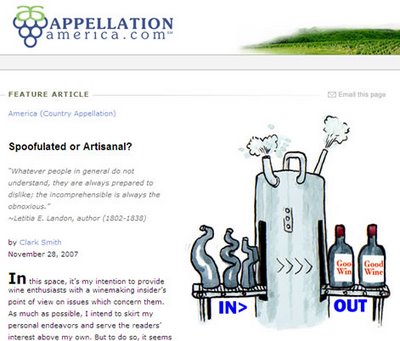
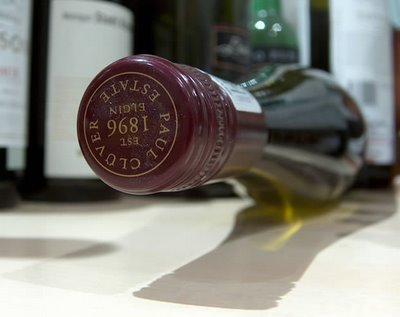
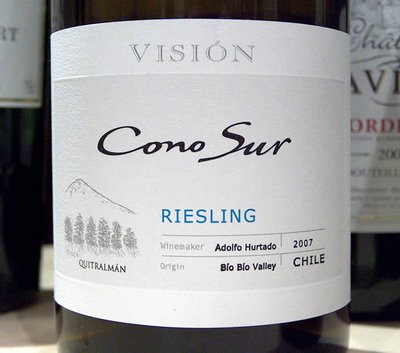
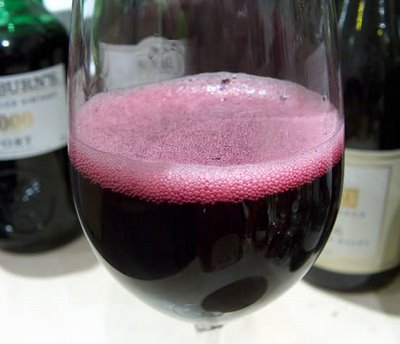
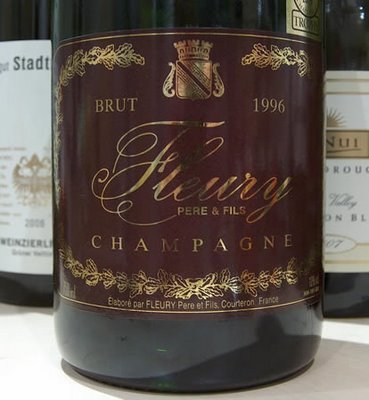
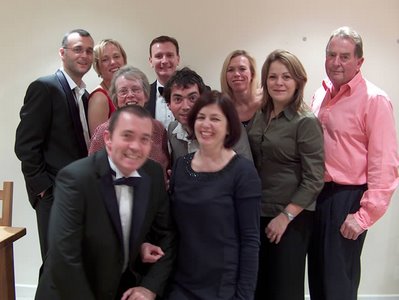
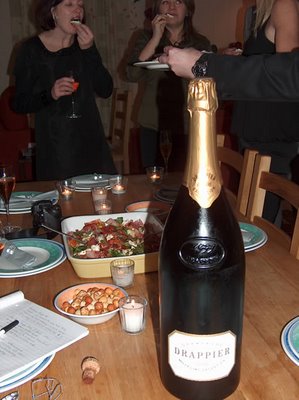
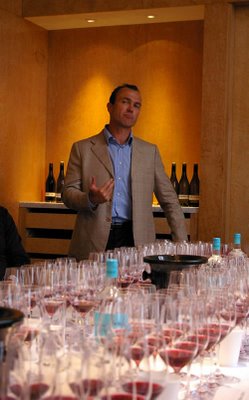
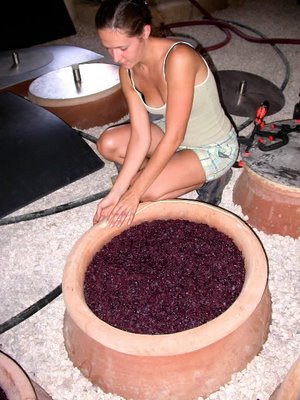
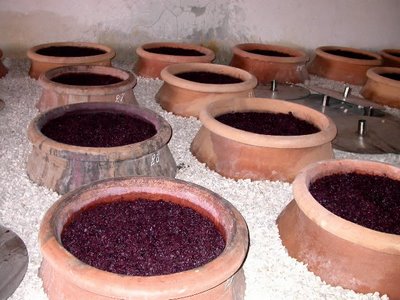
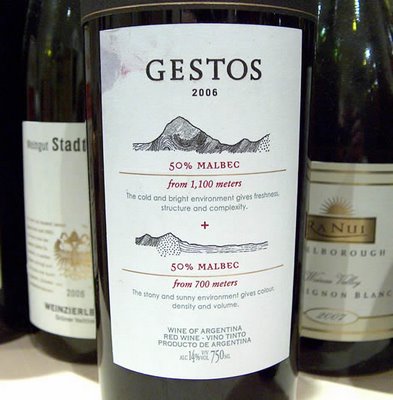
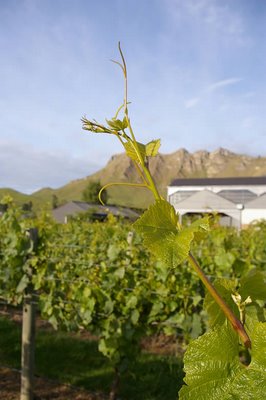
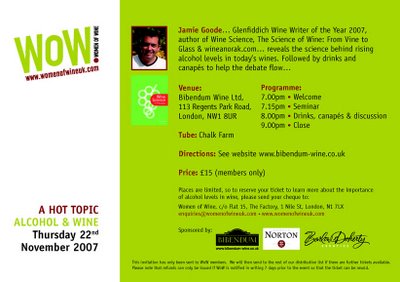
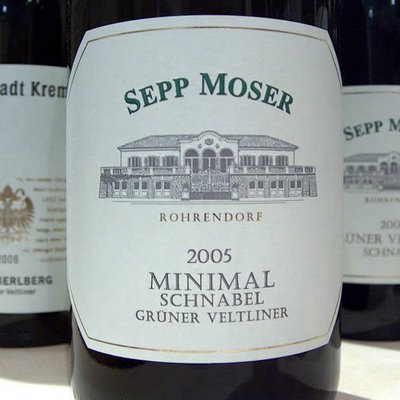

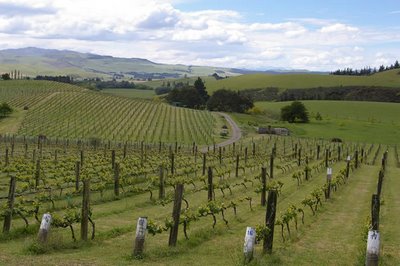
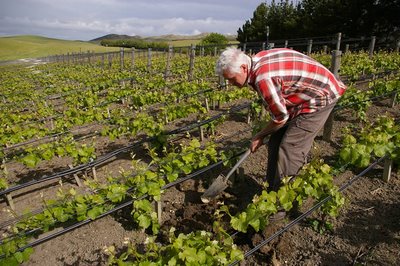
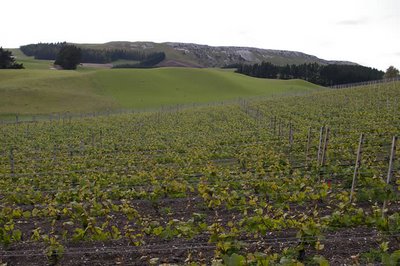
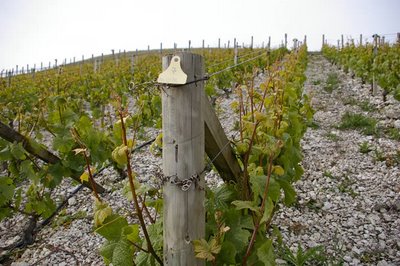 [I'm writing this from Changi Airport, where I have 5.5 hours to recover before the next leg. Free broadband internet access this time: I'm up on floor 3 near the business class lounges, which I think is the explanation. The contrast of the relaxed ease and warmth of Changi with the clamour and busyness of Heathrow is stark.]
[I'm writing this from Changi Airport, where I have 5.5 hours to recover before the next leg. Free broadband internet access this time: I'm up on floor 3 near the business class lounges, which I think is the explanation. The contrast of the relaxed ease and warmth of Changi with the clamour and busyness of Heathrow is stark.] 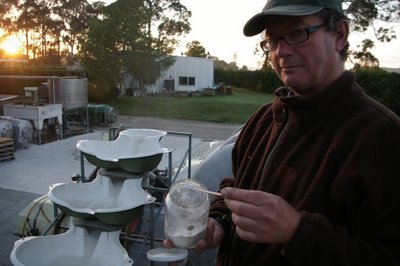
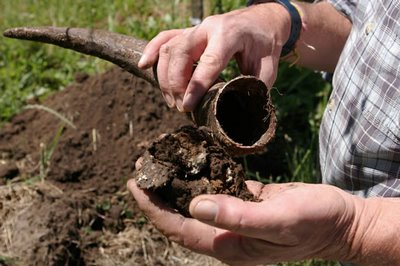
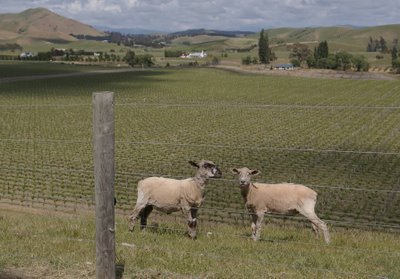
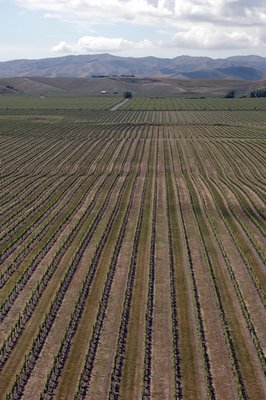
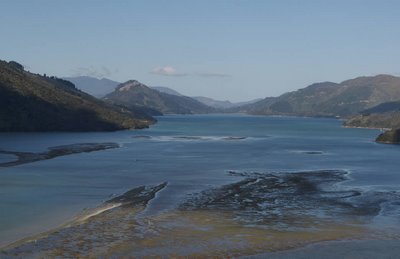
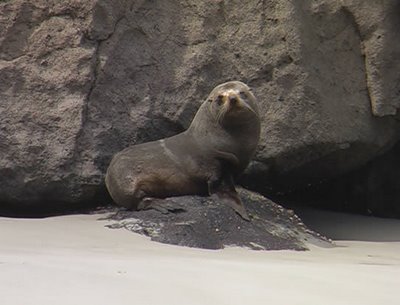
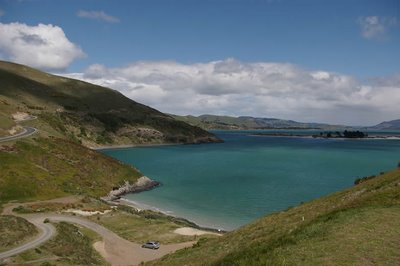
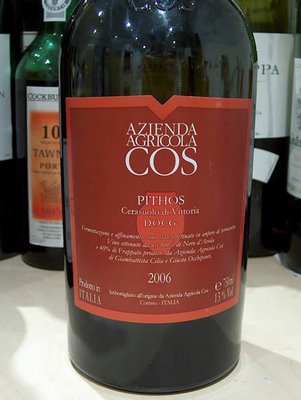
 The web log of wine journalist Jamie Goode. Feel free to nose around; your comments are welcome
The web log of wine journalist Jamie Goode. Feel free to nose around; your comments are welcome 
